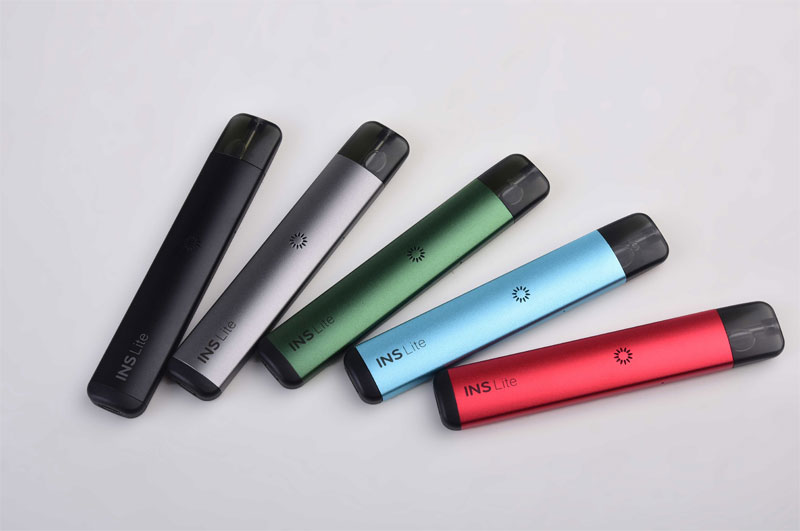E-cigarettes have witnessed remarkable growth in popularity over recent years, often touted as safer alternatives to traditional smoking. However, there are critical restrictions when it comes to their usage and transportation on airplanes. Understanding why e-cigarettes are not allowed on planes involves delving into safety guidelines, legal implications, and health considerations that have been established by aviation authorities worldwide.
Why Are E-Cigarettes Prohibited on Airplanes?
To begin with, the main reason e-cigarettes are barred from use in flights is due to their potential safety hazards. Airlines comply with strict regulations to ensure passenger safety, and one of the primary concerns with e-cigarettes is their lithium-ion batteries, which have been known to pose fire risks. These batteries, if damaged or subject to malfunction, can overheat and may result in fires, hence the precautionary measures.
The Federal Aviation Administration (FAA) and the International Air Transport Association (IATA) have implemented guidelines prohibiting the use of e-cigarettes inside the aircraft. Moreover, passengers are required to carry their e-cigarettes in carry-on baggage rather than checked luggage. This precaution is taken because fires in the cargo hold can be difficult to detect and manage compared to those in the cabin.
Air Quality and Health Concerns
Beyond safety issues, there are also air quality concerns linked to the use of e-cigarettes. Unlike conventional smoking, e-cigarettes generate vapor rather than smoke, yet this vapor still contains chemicals such as nicotine and other potentially harmful substances. Allowing the use of e-cigarettes on flights could compromise the air quality in the pressurized cabin, posing health hazards to passengers, especially those with respiratory issues.
Legal Considerations
Legal implications also play a role in the restrictions. Many countries have varying regulations on e-cigarettes, and airlines are subject to the laws of both the departure and arrival destinations. This legal complexity means that a universal policy prohibiting e-cigarette use is the most feasible solution to prevent any legal violations.
Regulations Around Transport
Adhering to aviation guidelines, passengers are advised to familiarize themselves with the rules imposed on transporting e-cigarettes during air travel. While usage is restricted, carrying them in carry-on bags is typically permitted, though always subject to individual airline policies.
Conclusion: Safety Above All
E-cigarettes, while popular, do have inherent risks that airlines cannot overlook. From fire hazards to air quality issues and legal complexities, these reasons collectively justify the restrictions that exist today. Understanding and adhering to these rules is crucial for anyone traveling with e-cigarettes to ensure a safe, legal, and pleasant journey.
FAQ:
- Can I pack e-cigarettes in my checked luggage? No, e-cigarettes should be packed in carry-on luggage due to safety concerns associated with battery risks.
- Are there any e-cigarette brand-specific restrictions? While airlines generally adhere to uniform rules regarding e-cigarettes, passengers should verify with individual airlines for any brand-specific regulations before their flight.
- Is it legal to use e-cigarettes upon landing at my destination? This largely depends on the legislation of the destination country; travelers should research local laws concerning e-cigarettes before their trip.


